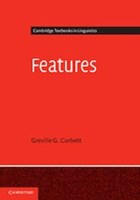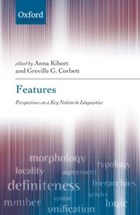Grammatical features: A key to understanding language
Project Overview
Project
Grammatical features: A key to understanding language
Project members:
Prof Greville G. Corbett
Dr Anna Kibort
Period of award
November 2004 - October 2007
Funder:
Economic and Social Research Council (ESRC)
In attempting to understand language, many researchers use features, the elements into which linguistic units, such as words, can be broken down. Examples of features are NUMBER (singular, plural, dual, ...), PERSON (1st, 2nd, 3rd), and TENSE (present, past, ...). Features have proved invaluable for analysis and description, and have a major role in contemporary linguistics, from the most abstract theorising to the most applied computational applications. Yet little is firmly established about features: we have no inventory of which features are found in the world's languages, no agreed account of how they operate across different components of language, no certainty on how they interact, and thus no general theory of features. They are used, but are little discussed and poorly understood. This is a central gap in the conceptual underpinning of much linguistic investigation.
The main aim of this project was to make a substantial contribution to our understanding of language by deepening our knowledge of the central concept ‘feature’. To do this by bringing together typological research on the content of features with formal work on their behaviour.




